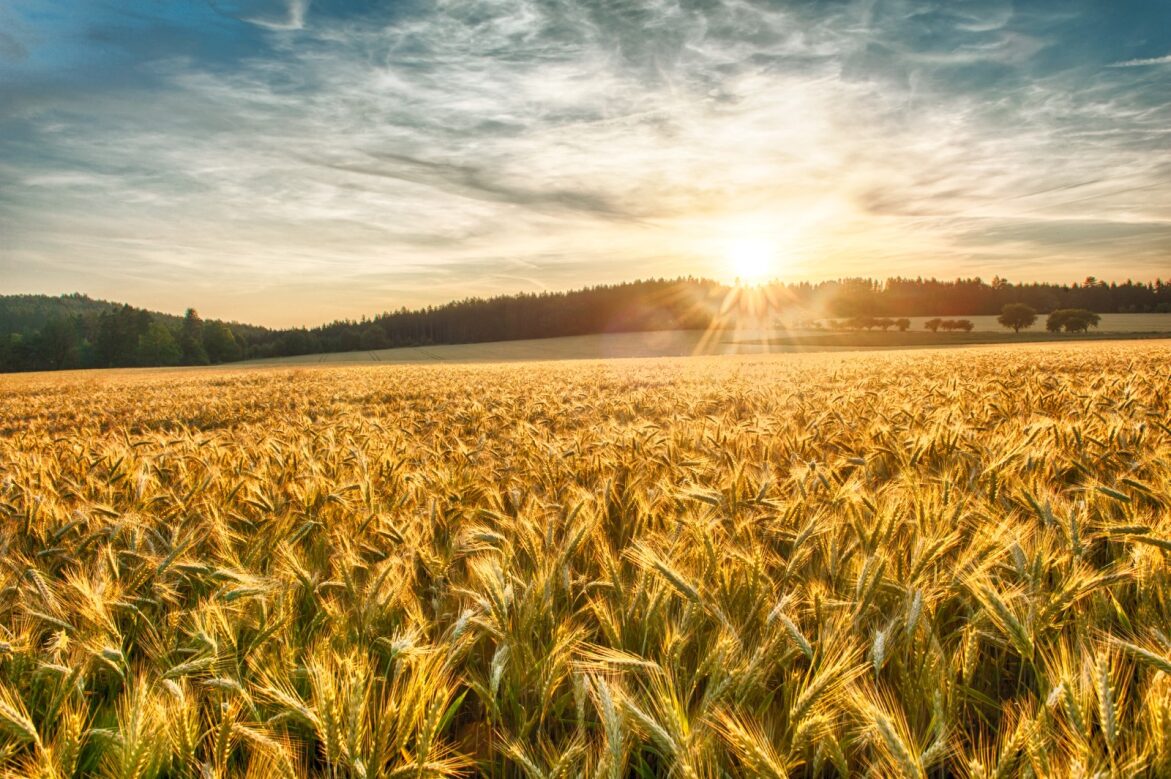Crop development or its progress through its ‘growth stages’, is driven by temperature. The warmer the weather, the faster a crop will develop.
Crop growth is dependent on the interception of sunlight and its conversion into crop biomass. The ideal conditions to maximise crop growth are therefore cool, bright, weather.
The greater the crop’s green area (canopy size), the higher the proportion of sunlight that will be intercepted by the crop, and the faster it will grow.
However, light interception by a crop canopy follows the law of diminishing returns. For every additional unit of green area produced, a smaller amount of light is intercepted.
There is a cost associated with the production of green area: nutrients for canopy growth; herbicides to control weed competition; fungicides to avoid leaf loss to disease.
There is therefore a desirable canopy size and structure which optimises economic return to the grower, and that optimum is not necessarily the maximum possible.
Thus, knowing how well a crop is growing and developing is useful for growers. This knowledge will assist in the selection of the level of inputs required for an individual crop.
Information from Teagasc spring barley guide. Read the full guide here.
AHDB Spring Barley Variety Selection Tool
Please share information, tools and resources relevant to spring barley cultivation.



